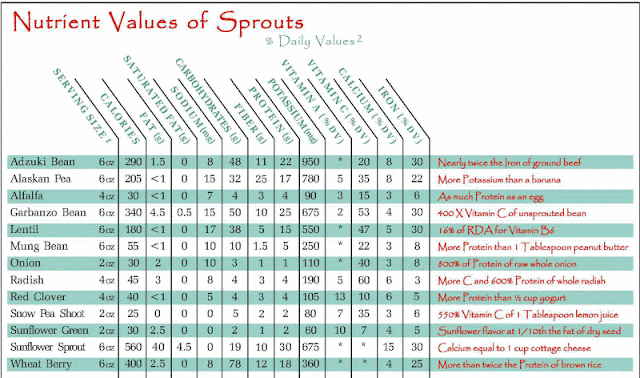April
Gardening Chores Zone 6: If you have not yet planted your
peas, plant them right away. You can
also plant other cool season vegetables such as lettuce, kale, radishes,
carrots, beets, broccoli and cabbage. Do
not plant warm season vegetables outdoors yet unless you have a greenhouse or
can keep them covered every day. Most of
these will need to be transplanted or started by seeds around Mother’s Day.
Product
Highlight of the Month: Victorio Grain
Mill (non-electric)
If you plan
on storing any grains, YOU NEED TO HAVE one of these! This is small, very affordable and will be
much better than smashing your grains between some rocks to make flour so you
can have bread and other baked goods in an emergency. Keep in mind that grains stored in their
whole, unground form, will keep a lot longer than those that are already
ground.
This grain
mill can be used for wheat, barley, spelt, popcorn (for making corn meal), and
even for making rice flour from your stored rice. It clamps to your counter top or a table and
does not need any power. This retails
for around $50-60. If you just want to
“save it for an emergency” it stores in a small box. If you have an expensive electric grain mill,
I would still get one of these to have for situations where you may be without
power for long periods of time.
For those
who still do not have a grain mill: 7
Great Ways to Use Wheat Without a Wheat Grinder. This is the simplified version of a post by the ladies at
Food Storage Made Easy. They have this
article posted on their website and on their Facebook Page. You can do a search on those pages using the
above title. www.foodstoragemadeeasy.net
#1. Thermos Wheat (like a hot cereal that has
been cooking overnight in a thermos).
#2 Wheat Berries
#3 Popped Wheat
#4 Wheat grass
#5 Cracked wheat
#6 Wheat Sprouts
#7 Blender wheat flour (placing whole wheat kernels
in a blender with other recipe ingredients and mixing in the blender.)
Small
Space Storage Solutions
Even if you
live in an apartment or a small house, you can find creative ways to store your
food storage and other emergency supplies.
I will post some information here to help you get started searching for
ideas.
www.thesurvivalmom.com
search her website for posts on this topic on her homepage. Also if you use Facebook go to her Facebook
page called The Survival Mom and search for “small space storage solutions” in
the upper left corner of the page. She
posted ideas about this multiple times in 2015.
This post
above is really long. They have lots of
great ideas and you can also see comments from people who have tried these
ideas or have even more ideas. Remember
the saying, “If there is a WILL…there is a WAY.”










